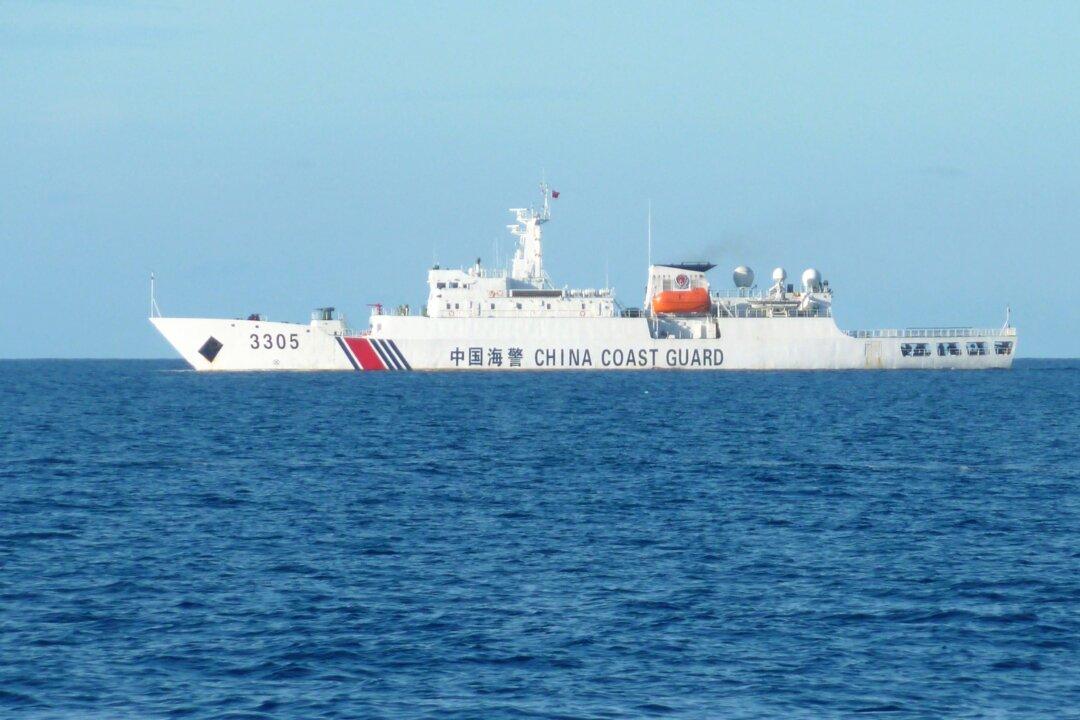Commentary
The latest riff from state-run Chinese media attacks the Group of Seven (G7) for pointing out the ongoing Chinese aggression in violation of international law in the South China Sea.

The latest riff from state-run Chinese media attacks the Group of Seven (G7) for pointing out the ongoing Chinese aggression in violation of international law in the South China Sea.